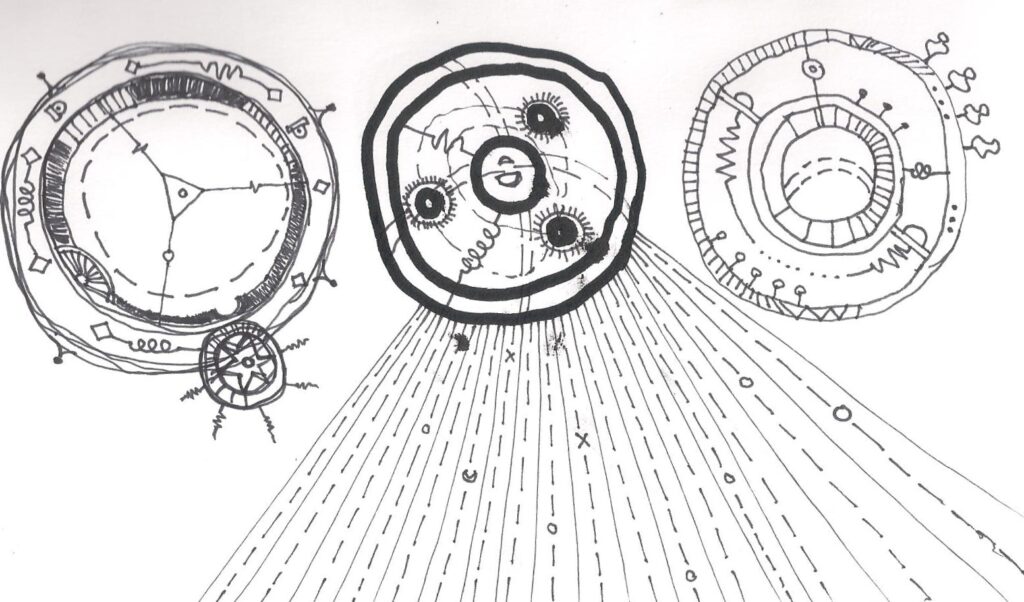How to Write a Scope Document in Technical Documentation

What is a Scope Document?
A scope document is one of those fundamental documents that define and guide any major project. As a technical writer you may be asked to write one, in close coordination with the project management, for various clients.
In terms of its strategic abstraction, the scope comes right after the VISION document.
(The VISION document expresses what the company/project ideally and ultimately tries to accomplish if no limits (time, staff, finances, technology, etc.) were involved. It expresses an ideal situation with infinite resources at the command of project managers.)
3 Reasons why a scope document is helpful
A scope document is helpful because it gives technical writers an understanding of what is expected from their finished product or the project itself so they know how to write about such topics accordingly. This ensures that technical writing quality standards will not be compromised.
Scope documents can also be helpful when working with multiple departments or stakeholders because it helps you understand their unique roles and responsibilities so your documentation will accurately communicate what is needed by each group.
Finally, when working with non-technical writers who write internal documentation you can use a Scope Document to connect your work and give them context.
8 requirements a SCOPE document must satisfy
Here are eight points from which you should start:
1) A SCOPE document defines what needs to happen for a project to succeed and how it will be done: who does what, when they do it and why.
2) It helps establish priorities and communicate them across your team so everyone knows their role in achieving objectives by deadlines or milestones set out in the plan.
3) It can also help identify potential pitfalls before they occur as well as provide information about possible risks along with mitigation strategies if things go wrong.
4) It should be written in a clear and concise manner without jargon or acronyms, and at the right technical level to engage all project participants.
5) It needs to make sense whether read from beginning to end or used as reference material such as when updating the status of an activity.
6) It needs to include an introduction, main body, and conclusion so everyone knows what it is all about.
7) It needs to be accurate (reflect reality) and up-to-date (reflect any changes).
8) Quality of scope document denotes the quality of project management.
6 major components of a SCOPE Document
Most technical writers are not aware of the SCOPE Document.
There are a lot of technical writing jobs that do not even require you to know what a scope document is let alone write one yourself! But it doesn’t hurt to brush up and build your knowledge of the industry and its standards.
A Scope Document is a document that defines limitations, boundaries, and how to achieve the project’s goals despite such limitations.
The most general outlines include 6 major components:
Introduction and definition of project’s goal,
List of deliverables,
Business rationale and the justification of the project,
List of stakeholders’ rights/duties/responsibilities,
List of resources, availability limiting factors with a timetable for deliverables.
Finally, there is risk analysis and management.
Benefits of learning more about a SCOPE Document
Working as a technical writer means reading through hundreds of different requirements and ensuring they are all correct and relevant for the documentation. The best way to do this is to write a scope document that defines the project, product or system.
A Scope Document will serve as an important document for future references and allow technical writers to understand what the business goal of the product is so they can draft documentation accordingly. It lets them know what must be included in the documentation itself. It helps them know what expectations are placed on their finished product.
4 Scope Document Scenarios
1) When working on documentation for a new product, you should write a Scope Document before anything else.
2) When working on documentation for a product that has been around for some time, you should revise the existing Scope Documents to ensure they are up to date and relevant. Scope Documents can save time in future revisions of documentation by helping you know what has changed since the last version.
3) Scope Documents can also be helpful when working with multiple departments or stakeholders because it helps you understand their unique roles and responsibilities so technical writing quality standards will not be compromised.
4) Finally, when working with non-technical writers who write internal documentation you can use a Scope Document to connect your work and give them context.
Also see: Technical Writing – What is a SCOPE Document?
How to Write a Project Scope in 8 Easy Steps • Asana
